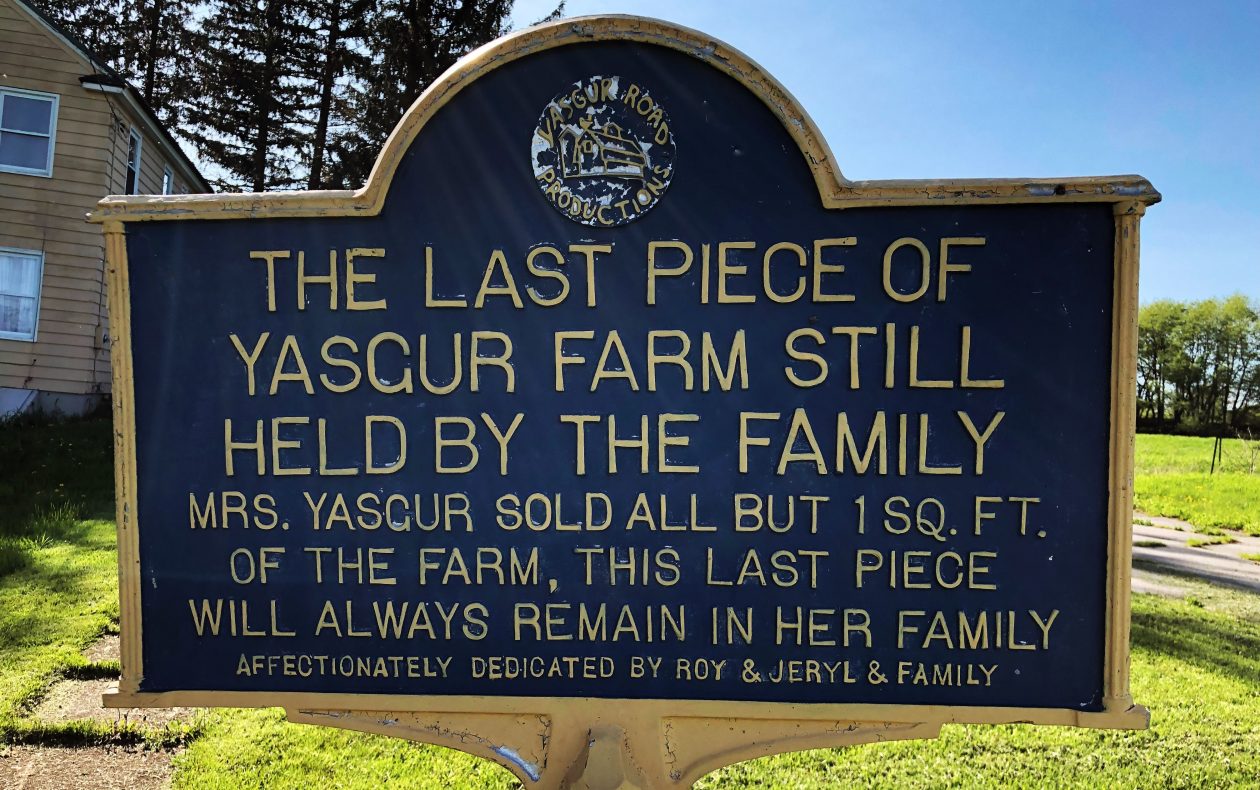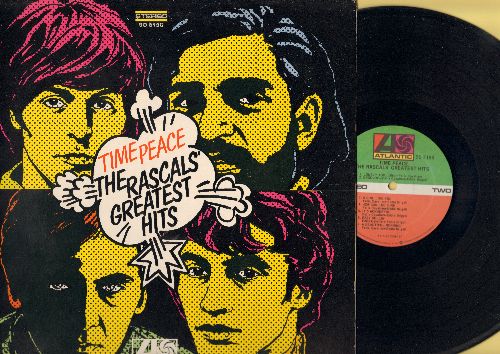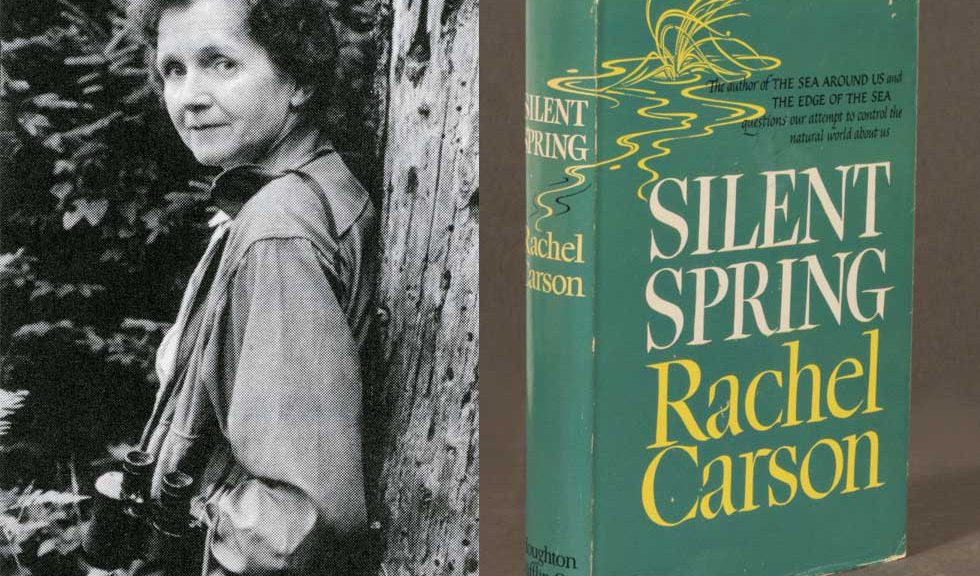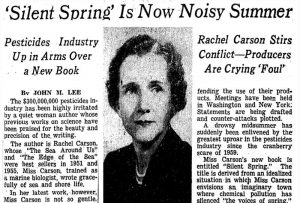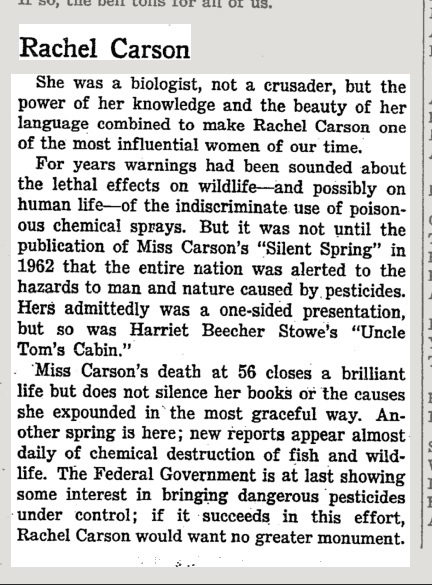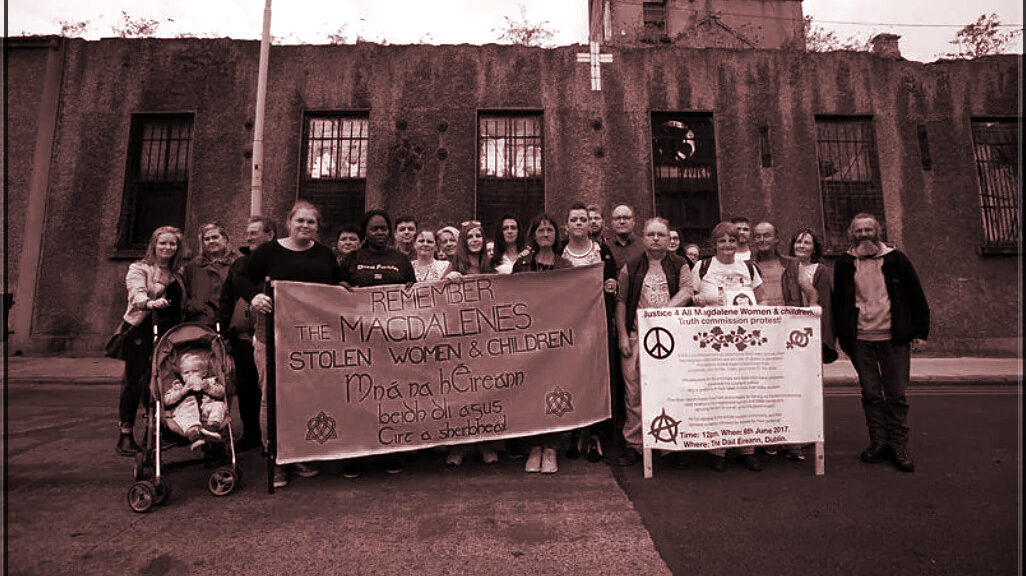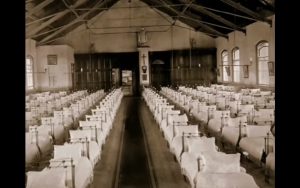Time Peace Rascals Greatest Hits
Billboard #1 album
September 28 – October 4, 1968
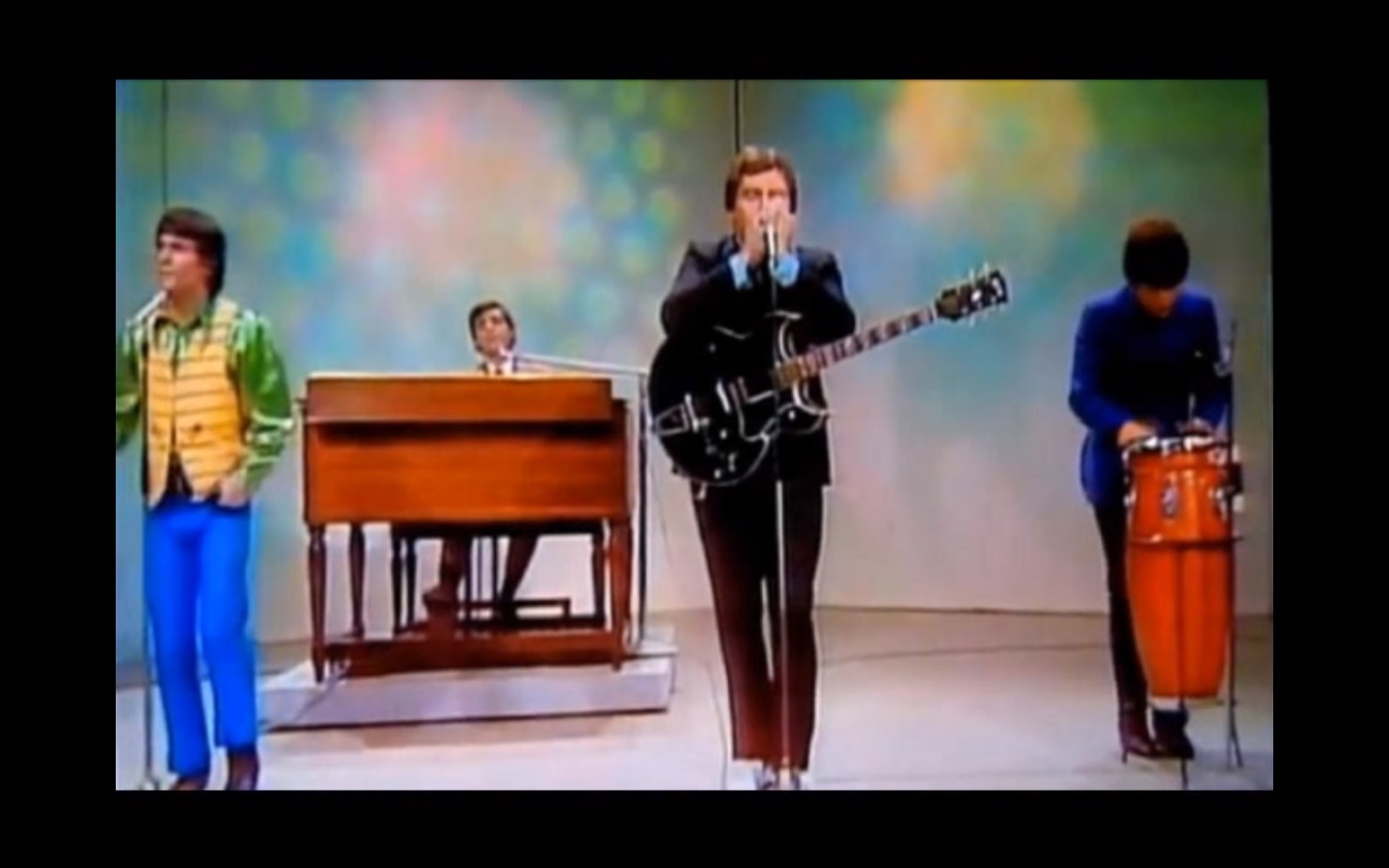 What is your favorite Rascals song? Do you still call them the Young Rascals? Do you think of someplace in particular when you hear some of their songs?
What is your favorite Rascals song? Do you still call them the Young Rascals? Do you think of someplace in particular when you hear some of their songs?
Time Peace Rascals Greatest Hits
I Ain’t Gonna Eat My Heart Out Anymore
I don’t think I knew that the Rascals were a Jersey band, but I heard about that along the way. I didn’t know what blue-eyed soul meant. I do know I immediately liked their music. Rock and Roll.
The Rascals were: Felix Cavaliere (vocals, Hammond B3/keyboards), Eddie Brigati (vocals and percussion), Gene Cornish (guitar and vocals), and Dino Danelli (drummer).
Eddie’s brother David Brigati was an original member of Joey Dee & The Starliters. The Starliters were another Jersey band (out of Lodi, NJ) who are most famous for their hit “Peppermint Twist.”
The Young Rascals began in Brigati and Danelli’s hometown of Garfield, NJ.
I knew neither the Starlighter nor Garfield connections. I did know I loved “I Ain’t Gonna Eat My Heart Out Anymore.”
Time Peace Rascals Greatest Hits
Hit single after hit single
I also knew that I loved each single that followed. These were compact hits. All under 3 minutes as were the typical timings then , but like all great pop hits, they packed it all in.
| Good Lovin’ | February 1966 |
| You Better Run | May 1966 |
| Come On Up | September 1966 |
| I’ve Been Lonely Too Long | January 1967 |
| A Girl Like You | July 1967 |
| How Can I Be Sure | August 1967 |
| It’s Wonderful | November 1967 |
| A Beautiful Morning | April 1968 |
Time Peace Rascals Greatest Hits
Especially, A Beautiful Morning
I had fallen in love again in 1966 and this time it lasted. It became a life-long romance that is still strong. Of course we went to our Senior Prom in 1968 and stayed up all night. We had a very early eyes-drooping breakfast at a classmate’s house.
The sun rose. I drove my love to her house.
I started my sister’s VW bug to finally head home after reluctantly ending our longest date ever. Of course I turned on the radio–AM only. And as I passed Cliffside Park High School and turned the corner off of Riverview Avenue onto Palisade Avenue what song came on? A Beautiful Morning of course.
Time Peace Rascals Greatest Hits
Time Peace
Although I’d been purchasing albums for a few years already, I still counted my newspaper route’s pennies before I invested in another record whether it was a single or an album.
When I saw the Rascals had released a greatest hits album, it went on the list and after collecting the week’s payment from my route’s customers, I headed to the record section of my town’s Woolworth Store and purchased it.
It was a beautiful evening and the album still holds up well today.
Here is a video of the band. I was very impressed with Dino Danelli drumstick twirling and thought their clothes were pretty cool. I wonder what they thought. I wonder what their agent was thinking?
Time Peace Rascals Greatest Hits
Side One
- “I Ain’t Gonna Eat Out My Heart Anymore” (Pam Sawyer, Laurie Burton) – The Rascals’ first single (1965); also included on the 1966 album The Young Rascals
- “Good Lovin'” (Rudy Clark, Arthur Resnick)
- The Rascals’ second single (1966), and first #1 hit; also included on The Young Rascals
- “You Better Run” (Felix Cavaliere, Eddie Brigati)
- The A-side of the Rascals’ third single (1966); later included on the 1967 album Groovin’
- “Come On Up” (Cavaliere)
- The Rascals’ fourth single (1966), also included on the 1967 album Collections
- “Mustang Sally” (Bonny Rice) Uncut version from The Young Rascals
- “Love is a Beautiful Thing” (Cavaliere, Brigati)
- Originally released as the B-side of “You Better Run”; later included on Collections
- “In the Midnight Hour” (Wilson Pickett, Steve Cropper)
- From The Young Rascals
Time Peace Rascals Greatest Hits
Side Two
- “(I’ve Been) Lonely Too Long” (Cavaliere)
- Uncut version from Collections
- “Groovin'” (Cavaliere, Brigati)
- The Rascals’ second #1 single (1967); also included on Groovin’
- “A Girl Like You” (Cavaliere, Brigati)
- The follow-up Top 10 single to “Groovin'” (1967); also included on Groovin’
- “How Can I Be Sure” (Cavaliere, Brigati)
- The Rascals’ third Top 10 single of 1967; also included on Groovin’
- “It’s Wonderful” (Cavaliere, Brigati)
- LP version (without the “Mardi Gras” special effects coda) from the 1968 album Once Upon a Dream
- “Easy Rollin'” (Cavaliere, Brigati)
- From Once Upon a Dream
- “A Beautiful Morning” (Cavaliere, Brigati)
- Non-LP single from 1968
Time Peace Rascals Greatest Hits
Hall of Fame
The (Young) Rascals were inducted into the Rock and Roll Hall of Fame in 1997.
